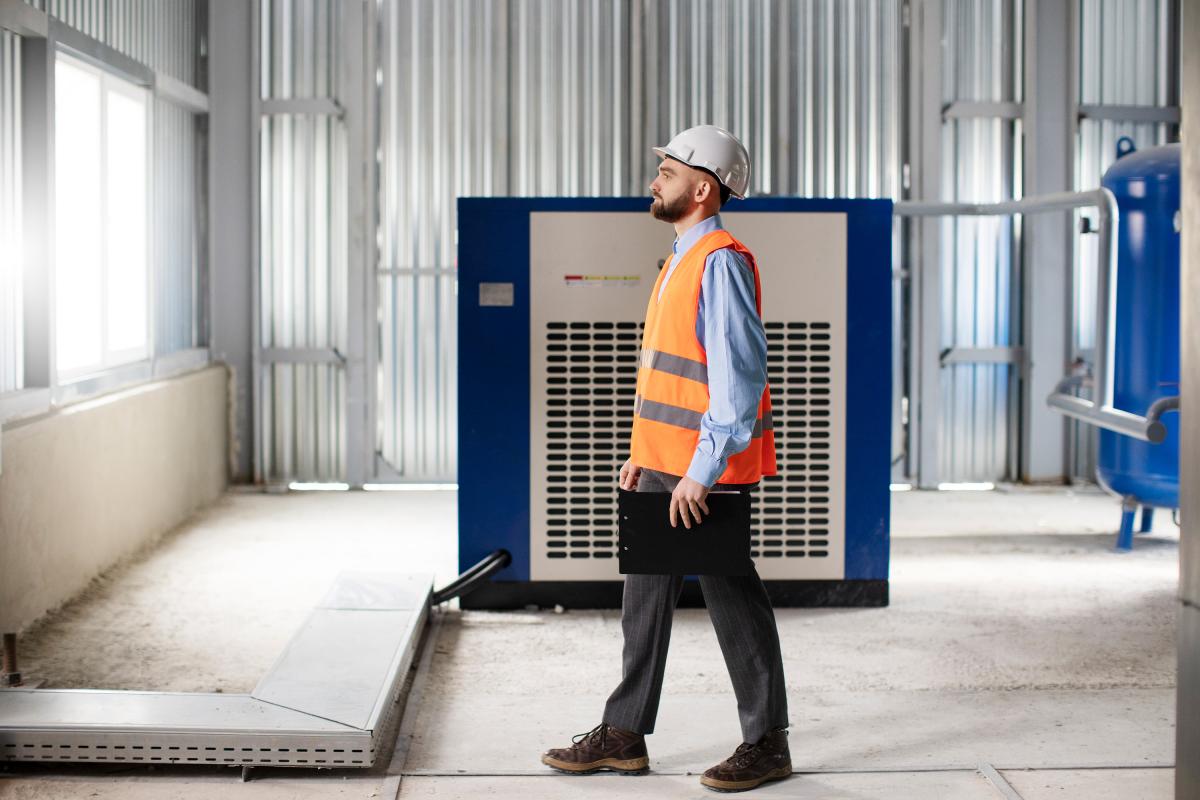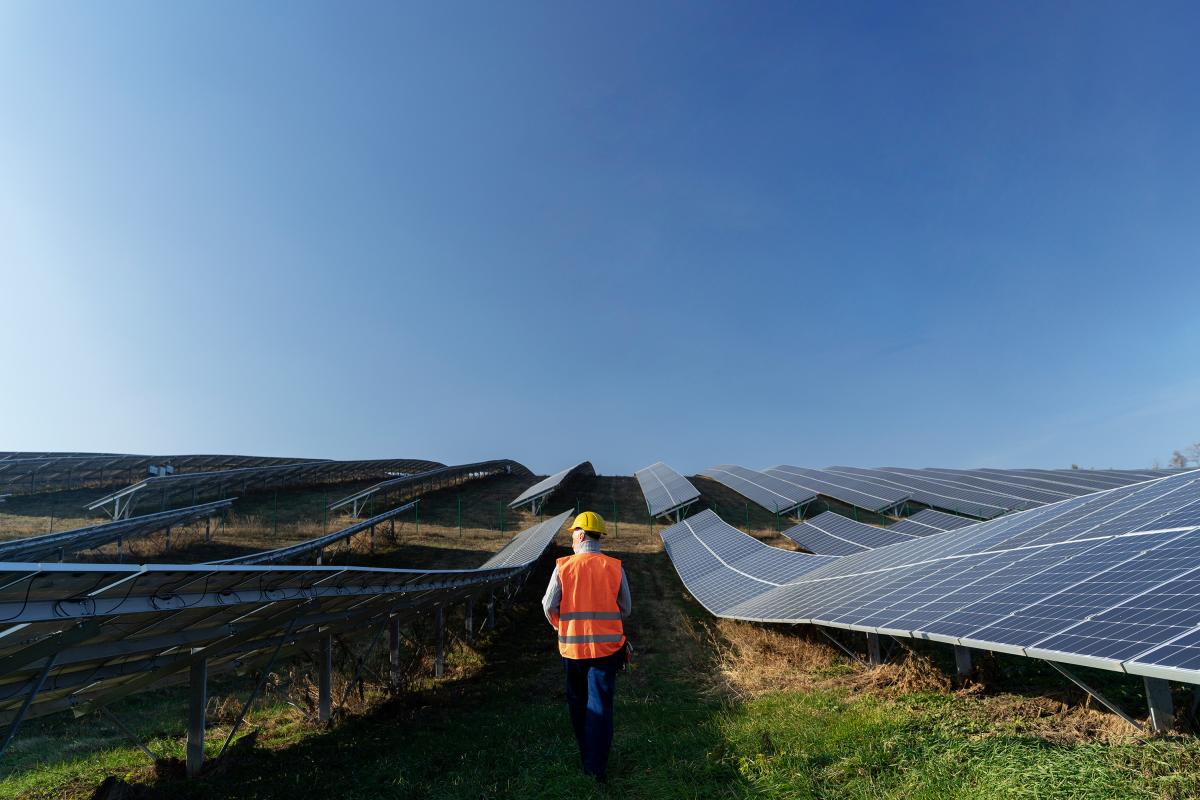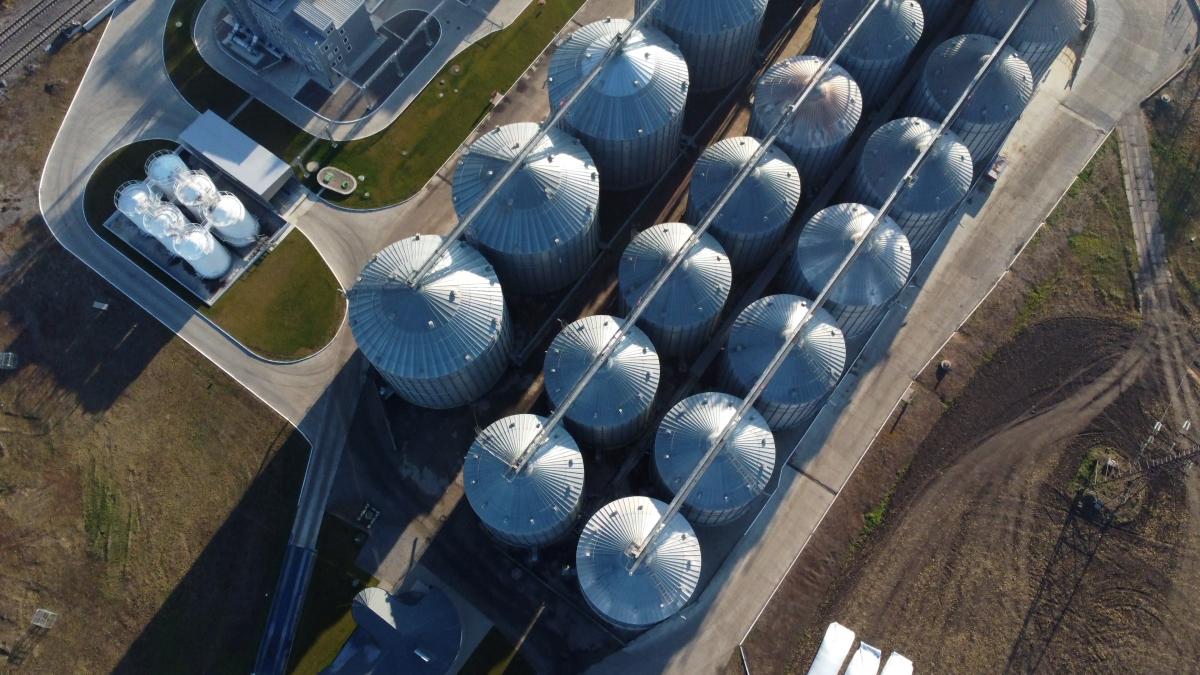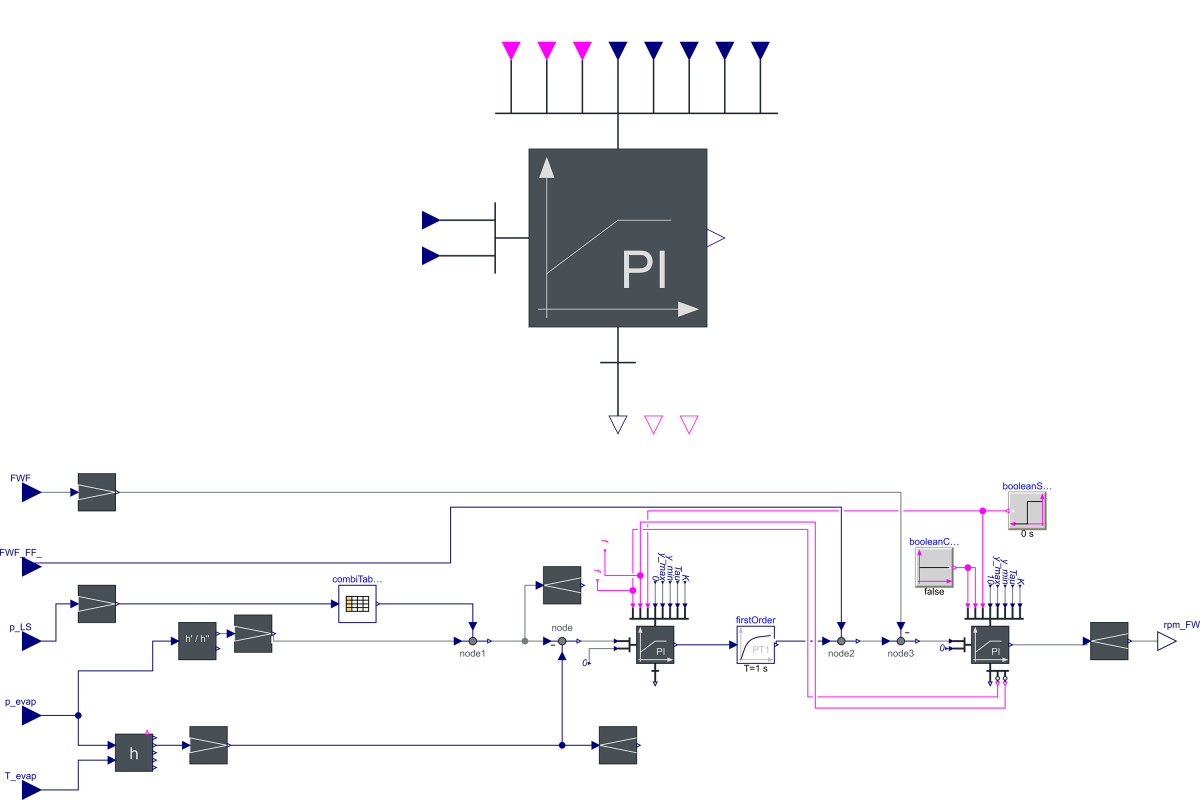
Renewable Energy
XRG has extensive methods for simulating systems that utilize renewable energies. These are based on time-dependent climatic conditions in a selected region, including local solar radiation and air temperatures or soil temperatures. A weather model from the HumanComfort or HVAC Library can also consider cloud cover. Powerful geometric 3D solvers are available for calculating shadows.
Furthermore, we offer simulation-based analyses of integrated renewable energies such as sector coupling, district heating and cooling, large heat pumps, energy storage, and many more. With the TransiEnt Library, specifically developed for the analysis of sector-coupled integrated energy systems, we have the tool to analyse renewable and sustainable solutions.
Systems simulated by XRG include:

With the XRG HVAC Library, photovoltaic systems or heat pumps can be simulated extremely quickly for entire years. The ClaRa+ Library allows a look inside the plants through detailed, high-resolution component models and a variety of material data, so that the construction of the heat pump can be optimized. The heat is extracted from the air, a flowing body of water, or the soil, which can also be part of the model.

With ClaRa+, industrial large heat pump models can be built and solar power plants simulated. Efficient and robust material data models ensure fast simulations.

The ClaRa+ Library is embedded in the award-winning TransiEnt+ Library, which enables the simulation of energy systems with a high share of renewable energies. These include the energy sectors of electricity, heat, and hydrogen or natural gas. Hydrogen, "the coal of the future," is produced, among other things, by electrolysis from various energy sources and can be stored and converted back into water in fuel cells at a later date without emissions. Here too, the dynamic modeling of the combined system or the municipal system with Modelica has a decisive influence on the efficiency.

A special role on the path to the success of a renewable energy utilization plant is played by the control and regulation, which can also be modeled without restriction with realistic controllers of ClaRa+, providing important insights into the programming of optimal control technology.
Figure left: ClaRa_DCS realistic controllers
